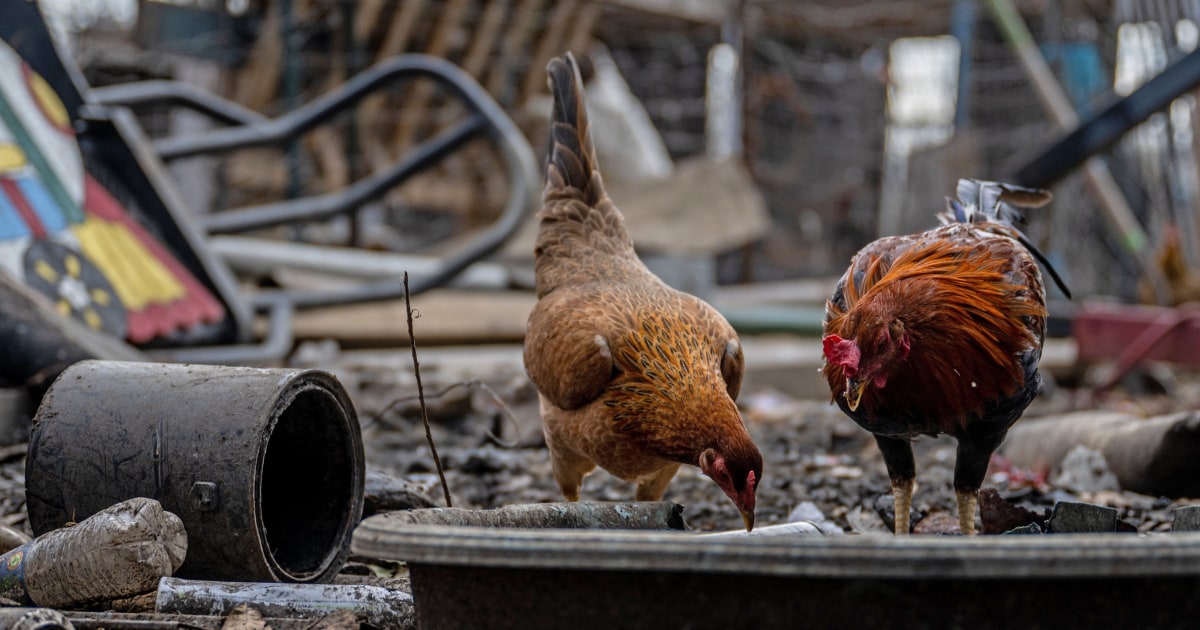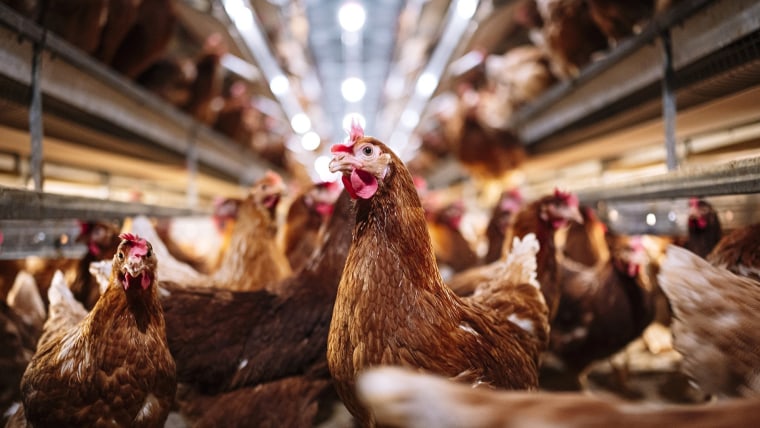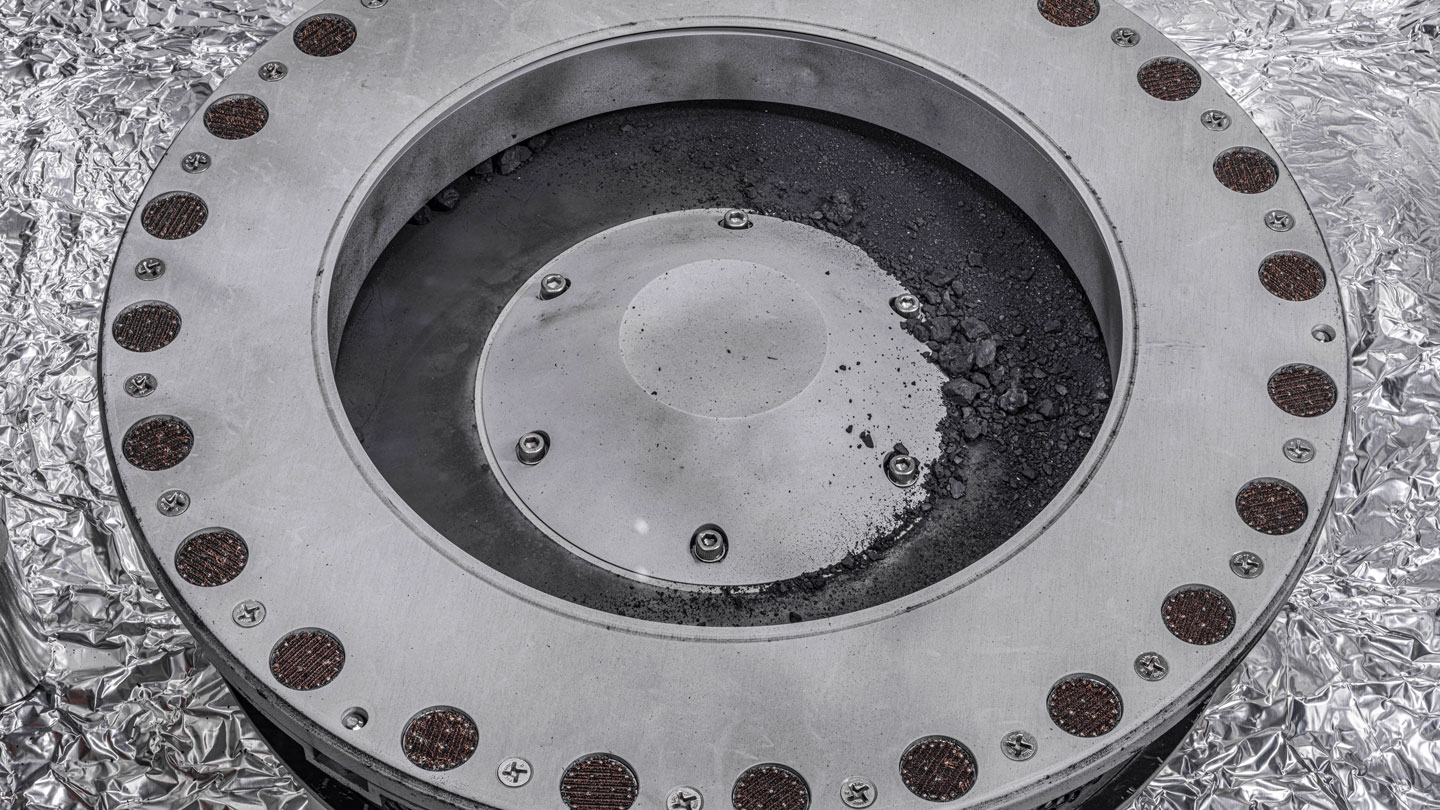As fowl flu hits mammals, scientists on alert for mutations

Hundreds of wild sea lions in South The usa, a farm of minks in Europe, and extra than 58 million poultry birds have died.
All of these animals fell target to the effect of avian influenza — a virus fast circulating the world, killing wild and domesticated animals, disrupting ecologies and hampering the meals supply.
Human health and fitness is inextricably joined to animal health and fitness, and these events are spooky reminders that a popular outbreak in animals has probable penalties for people.
In the U.S., the most recent wave of bird flu has struck in 17 mammals and additional than 160 birds. It is the broadest outbreak of H5N1 because it surfaced as a worry in China in 1996.
The virus has been underneath shut look at by experts, even far more so now that it has distribute far and large.
“This is the number one potential pandemic virus everyone has been interested in for a extensive time,” reported Richard Webby, an infectious condition researcher at St. Jude Children’s Analysis Medical center in Memphis, Tennessee, and the director of the Environment Health Business Collaborating Centre for Research on the Ecology of Influenza in Animals and Birds.
Tedros Adhanom Ghebreyesus, the Globe Wellbeing Organization’s director-standard, mentioned on Wednesday that avian influenza’s spillover to mammal species should be monitored intently, and that threat to humans remained reduced for the instant.
“But we simply cannot presume that will continue being the circumstance, and we ought to get ready for any improve in the standing quo,” he reported.
The sheer amount of H5N1 circulating has heightened the possibility the virus could spill in excess of into other species, establish the capability to transmit among men and women and turn into a pandemic.
But the virus has yet to unlock a difficult string of mutations or genetic changes that would make it possible for it to unfold a lot more speedily in individuals.
“It’s a series of gatherings, just about every of which is fairly inconceivable. This is why I say the hazard to individuals is presently small. The evolutionary obstacles are superior,” said Anice Lowen, a virologist and associate professor at Emory University University of Drugs. “It is a numbers sport. So that is one particular rationale why the scale of the present avian outbreak is relating to.”
Researchers are specially involved about this version of avian influenza, H5N1, for the reason that most human beings have not dealt with it in advance of.
“We don’t have an immune response in opposition to H5. Which is why the virus has pandemic likely,” Lowen claimed.
Researchers have also noticed high loss of life rates and severe disorder in chickens and mammals that have contracted H5N1, which has designed them anxious the virus could induce significant sickness in individuals, way too.
The U.S. has counted a single human situation of H5N1 in the United States — a jail inmate in Colorado culling infected birds on a farm. Earlier spillovers to individuals, primarily in individuals in Southeast Asia and North Africa who probably handled contaminated birds specifically, had large demise charges, though these numbers could be biased by limited reporting of mild conditions.
H5N1 has long been a top rated pandemic concern. The edition that’s been circulating in ducks and other wild birds has evolved and tailored for effective distribute.
As those animals vacation, the virus does way too, through droppings, saliva and nasal secretions.
Wild birds are shedding virus and infecting animals “over a larger sized amount of money and a much larger geographic footprint than at any time prior to,” said Bryan Richards, the emerging disorder coordinator at the United States Geological Survey National Wildlife Health and fitness Centre. More than 6,100 wild birds have tested favourable for the virus in the U.S.
Poultry farm birds most likely turn out to be contaminated from speak to with wild bird feces or other secretions.
Scavengers like bears, raccoons and foxes have also been contaminated, probably soon after feeding on a lifeless or diseased fowl, Richards said. Marine mammals — including dolphins — have examined positive, also.
Not too long ago, far more than 500 sea lions ended up uncovered lifeless with H5N1 in Peru. It’s not crystal clear if the virus was spreading among the these species or if animals were contaminated as a result of food.
The virus is improperly adapted for distribute in people today.
“The avian virus is not as very good at attaching to human cells as they are in the birds airways. They’re just not adapted to human beings,” reported Dr. Helen Chu, an infectious ailment doctor and influenza professional at UW Medicine in Seattle.
To spread proficiently in human beings, the virus would need to make a number of genetic variations. That procedure would probably just take place in other mammals.
Webby and Lowen stated there were two principal processes the virus could undertake to evolve a much better bind with receptors in human respiratory cells.
The first would be for the virus to improve fast by means of reassortment, an “evolutionary shortcut” in which an animal results in being contaminated with equally an avian influenza virus and a human virus, Lowen stated. During the coinfection, the two segmented influenza viruses could exchange bits of genetic code and blend to make a chimeric virus.
That virus would then most likely require far more replication to correct mismatched genes and acquire qualities that would permit it to flourish in humans.
“Reassortments would be quite relating to to see, but probably they nevertheless wouldn’t be in a position to transmit in humans,” Lowen stated. “Likely what would be desired is much more evolution to correct the mismatches.”
Preceding avian influenza pandemics — which started in 1957 and 1968 — required each reassortment and further mutations just before they had been equipped to unfold widely amongst people, Webby said. Each and every of these pandemics killed about 1 million men and women throughout the world and about 100,000 folks in the U.S.
The 2nd selection is for the virus to mutate inside a dense group of animals. Researchers grew anxious immediately after an obvious outbreak of H5N1 on a mink farm in Spain.
“They’re in compact cages pretty shut jointly. There’s a stage of effectiveness of transmission,” Chu reported of the mink.
Scientific studies a lot more than a decade ago showed that ferrets could decide up mutations for airborne transmission of H5N1 immediately after serial infections.
In the latest mink farm outbreak, the virus very likely unfold from mink to mink, Webby explained. Despite the fact that it picked up one mutation of problem, it mostly remained adapted for birds. The mink have been culled.
“Luckily it was stamped out,” Webby said.
The virus faces steep genetic hurdles, but the much more it spreads in animals, the extra chances it has to surmount these obstacles.
Lowen reported governments should spend more in surveillance of opportunity hosts that could support the virus leap to human beings, contemplate steps like vaccination to limit the spread in poultry and devote in science that will support identify what genetic improvements could be worrisome for individuals.







